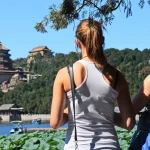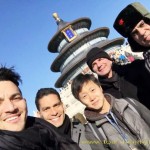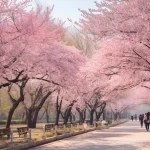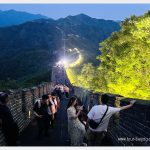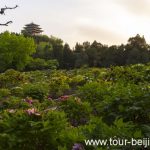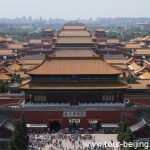Guanlin Temple Guide
Plan your Luoyang Tour? Guanlin Temple is not to be missed. Different from White Horse Temple, it is not a Buddhist temple. Instead it is a temple dedicated to Guanyu (160AD-219AD), a famous general in later Eastern Han Dynasty (25AD- 220AD) and early Three Kingdoms period (220AD-280AD). “Guan” refers to Guanyu himself; “Lin” here means “tomb”….
